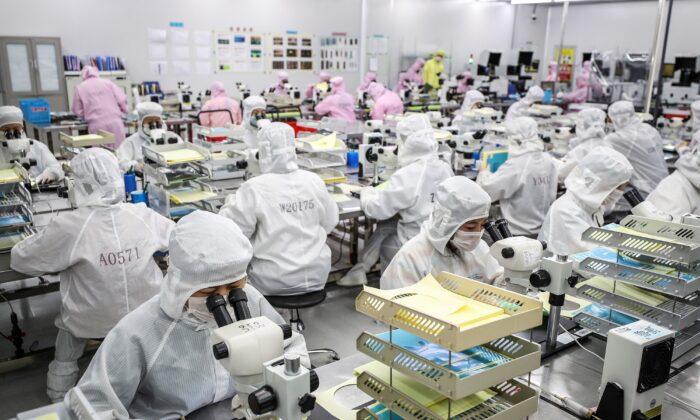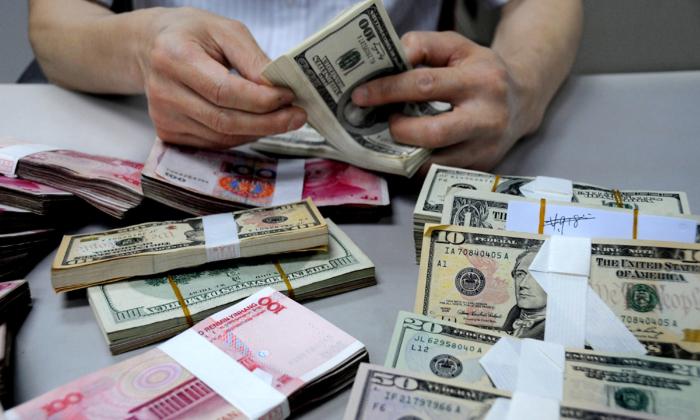Chip sales in China have tumbled at a whopping rate, as productivity in the semiconductor-related sector has contracted dramatically, indicating that the country’s manufacturing industry is shrinking, according to the latest industrial report.
China’s Industrial Recession Buffets Global Data
According to SIA statistics, in 2021, China alone made up $192.3 billion, or 34.6 percent, of $555.9 billion in global semiconductor industry sales, ranking first in the world.As the world’s largest chip market, the Chinese market’s sharp decline has dragged down the yield of the global industry, with November 2022 seeing global semiconductor industry sales slide to $45.5 billion. That is 2.9 percent less than the previous month and 9.2 percent less than the same period of the previous year, respectively.
The SIA represents most U.S. semiconductor companies and nearly two-thirds of non-U.S. semiconductor companies.

Chip Imports Decline
China’s chip imports have faced a serious decline since last October when the United States imposed sanctions on Chinese semiconductor companies.Industry Output Declines
In November 2022, China’s output of microcomputer equipment plunged by 27.9 percent; and mobile communication handheld devices dropped 13 percent, including a 19.8 percent decline in the production of smartphones from the same period last year, according to data released by China’s Statistical Bureau.Manufacturing Prospects Fall to Record Low
A Purchasing Managers’ Index (PMI) reading below 50 indicates a contraction in manufacturing and service sectors, according to industrial statistics methods. This gloomy data was seen for most of last year in China.Domestic and Global Factors
In recent years, the Chinese manufacturing sector has declined due to factors including pandemic measures, an increasingly tense relationship between the United States and China, and lower demand due to global inflation.The year 2022 was the most impacted, with frequent factory shutdowns, disrupted supply chains, and constantly decreasing worker numbers. Many of those factors were linked to the Chinese Communist Party’s (CCP’s) extreme zero-COVID policies.
Last August and October, the United States introduced multiple policies to block the CCP from accessing advanced U.S. technology and equipment, and to stimulate the return of high-tech manufacturing to the United States.
Other factors, including the war between Russia and Ukraine, led to soaring prices for commodities such as energy and food, and high inflation that eroded global consumption capacity.





